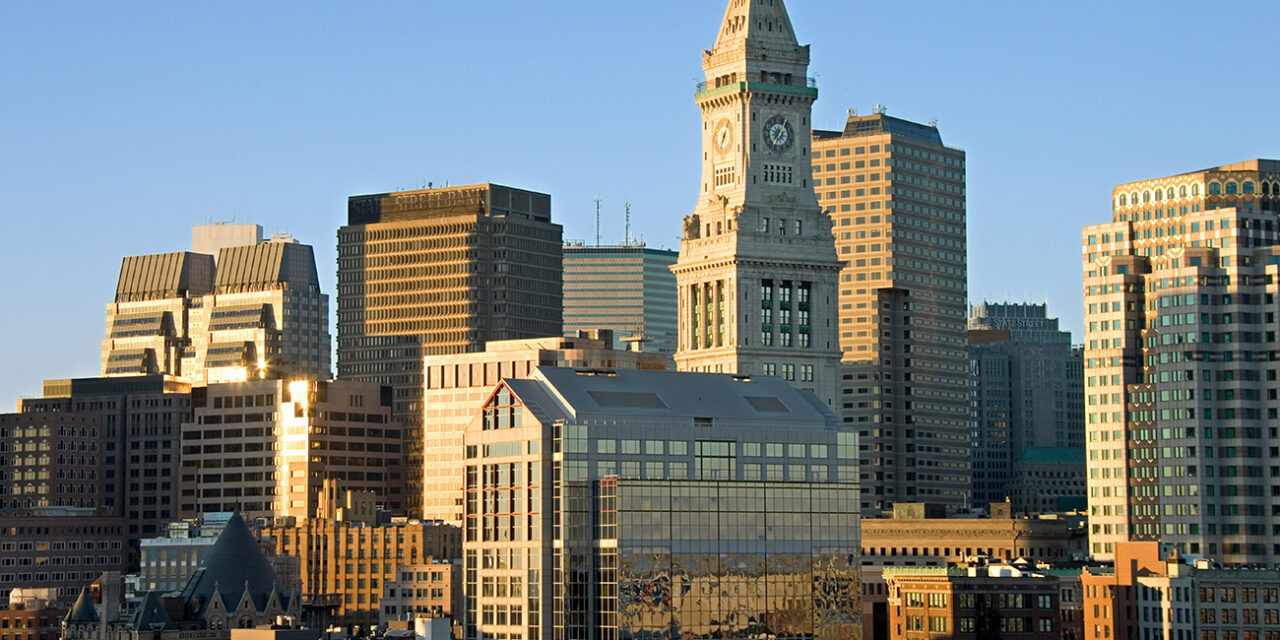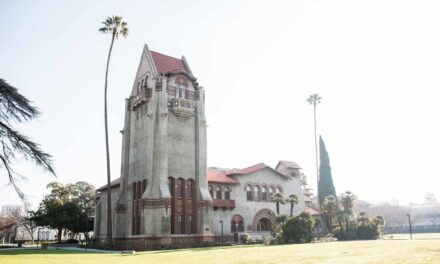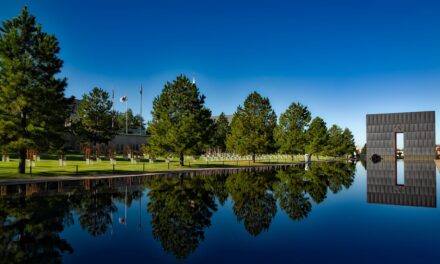Massachusetts has a rich history spanning from the early 17th century to its modern status as a cultural and economic hub.
From its indigenous roots and colonial foundations to its pivotal role in the American Revolution and beyond, Massachusetts has played a significant role in developing the United States.
Below, we explore the fascinating history of Massachusetts, covering its foundation, key historical events, and notable landmarks.
Table of Contents
Early History
Indigenous Inhabitants and European Exploration
Before European settlers arrived, Massachusetts was home to various Native American tribes, including the Wampanoag, Narragansett, and Massachusett.
- These tribes had established societies with rich cultures, agriculture, and trade networks.
- European exploration began in the early 16th century, with notable explorers such as Giovanni da Verrazzano, Samuel de Champlain, and John Smith charting the area.
The indigenous peoples and early European explorers laid the groundwork for future settlements.
Colonial Period
Massachusetts’s colonial history began with the Pilgrims’ arrival in 1620.
- The Pilgrims established the Plymouth Colony, which became a symbol of religious freedom and self-governance.
- The Mayflower Compact, signed aboard the Mayflower, was one of America’s first documents of self-governance.
The colony’s early economy was based on agriculture, fishing, and trade.
Expansion and Growth
The Massachusetts Bay Colony was created and established by the Puritans in 1630.
- Led by John Winthrop, the Puritans settled in the now Boston area.
- The colony quickly grew in population and economic power, eclipsing Plymouth Colony.
Religious and political dissensions led to the founding of new colonies in the region, such as Rhode Island and Connecticut.
18th Century and the American Revolution
Pre-Revolutionary Period
Massachusetts played a crucial role in the lead-up to the American Revolution.
- Boston was the site of significant protests against British rule, including the Boston Massacre (1770) and the Boston Tea Party (1773).
- The Intolerable Acts, passed by the British in response, aimed to punish Massachusetts but instead unified the colonies against British rule.
Massachusetts became a center of revolutionary activity, with leaders like John Adams and Samuel Adams at the forefront.
Revolutionary War
The Revolutionary War began in Massachusetts with the two different battles of Lexington and Concord in April 1775.
- These early battles were pivotal in rallying the colonies to the cause of independence.
- The Battle of Bunker Hill, though a British victory, demonstrated the remarkable resilience and unwavering determination of the colonial forces, inspiring the colonies to continue their fight for independence.
Massachusetts’s contributions to the war were crucial to the eventual success of the American Revolution.
19th Century Development
Industrial Growth and Immigration
The 19th century saw significant industrial growth in Massachusetts.
- The state became a hub for textile manufacturing, especially in cities like Lowell and Lawrence.
- The development of transportation infrastructure, including railroads and canals, facilitated economic growth.
Massachusetts also saw waves of immigration, particularly from Ireland and Italy, which enriched the state’s cultural diversity.
Social and Political Changes
The abolitionist movement found strong support in Massachusetts.
- Key figures like William Lloyd Garrison and Frederick Douglass advocated for the end of slavery.
- The state was also a center for educational reform, with Horace Mann leading efforts to improve public education.
These social and political changes laid the groundwork for Massachusetts’s modern identity.
20th Century and Modern Era
Economic Shifts and Cultural Developments
The 20th century brought economic changes and cultural developments to Massachusetts.
- The decline of traditional manufacturing industries led to diversification into sectors like healthcare, education, and technology.
- Massachusetts became known for its prestigious universities, such as Harvard and MIT, which contribute significantly to research and innovation.
The state’s cultural institutions, including museums, theaters, and music venues, reflect its rich heritage.
Environmental and Historical Preservation
Efforts to preserve Massachusetts’s rich history and natural beauty have been ongoing.
- The state is home to numerous parks, historical sites, and cultural institutions, such as the Freedom Trail and the Boston Common.
- Preservation organizations work to protect Massachusetts’s historic buildings and landscapes.
These efforts ensure that Massachusetts’s history remains accessible and appreciated by future generations.
Notable Landmarks
Plymouth Rock and Plimoth Patuxet Museums
Plymouth Rock symbolizes the landing site of the Mayflower Pilgrims in 1620.
- Plimoth Patuxet Museums offer a recreated 17th-century English village and a Wampanoag homesite.
These landmarks provide insights into the early colonial history of Massachusetts.
Freedom Trail
The Freedom Trail is a 2.5-mile wonderful path taking you through downtown Boston that passes 16 historically significant sites.
- Highlights include the Boston Common, Paul Revere House, and the Old North Church.
The trail comprehensively overviews Massachusetts’s role in the American Revolution.
Harvard University
Founded in 1636, Harvard University in Cambridge is the oldest institution of higher education in the United States.
- Harvard has produced numerous notable alums, including eight U.S. Presidents.
The university’s historic campus and significant educational contributions make it a cornerstone of Massachusetts’s identity.
Governance
State Government
Massachusetts operates under a constitution adopted in 1780, making it the oldest functioning written constitution in the world.
- The state government consists of the Executive, Legislative, and Judicial branches.
- The governor, currently Maura Healey, serves as the head of the executive branch.
The state government works to address the needs of its diverse population and manage its resources effectively.
Local Government
Massachusetts’s local government structure includes counties, municipalities, and special districts.
- Each level of government has specific responsibilities for services such as education, public safety, and infrastructure.
- Local governance ensures that the diverse needs of Massachusetts’s communities are met.
Effective local governance contributes to the overall well-being of the state’s residents.
Demographics and Growth
Population
Massachusetts has a diverse and growing population.
- As of the 2022 census, the population was 6.982 million.
- The state’s demographic makeup reflects its rich history of immigration and cultural diversity.
The state’s diverse demographics and steady growth reflect Massachusetts’s enduring appeal as a place to live and work, a fact that its residents can take pride in.
Education and Economy
Massachusetts is home to some of the nation’s top educational institutions, including Harvard University and MIT.
- The state’s economy has diversified into healthcare, education, technology, and finance sectors.
- Massachusetts continues to be a true leader in higher education and research.
These factors, along with the state’s commitment to education and research, contribute to Massachusetts’s economic resilience and cultural vibrancy, painting a promising picture of its future.
State of Massachusetts Q&A
Q: When was Massachusetts founded?
A: Massachusetts was created and founded in 1620 by the Pilgrims, who established the Plymouth Colony. The Puritans established and created the Massachusetts Bay Colony in 1630.
Q: Who were the original inhabitants of Massachusetts?
A: The original inhabitants of Massachusetts were various Native American tribes, including the Wampanoag, Narragansett, and Massachusett. These tribes had established societies with rich cultures, agriculture, and trade networks before the arrival of European settlers.
Q: What role did Massachusetts play in the American Revolution?
A: Massachusetts was central in the American Revolution, with critical events that happened like the Boston Massacre and the Boston Tea Party. The war’s first battles, including those at Lexington and Concord, also took place in Massachusetts.
Q: How did Massachusetts’s economy evolve in the 19th century?
A: Massachusetts experienced significant industrial growth in the 19th century, transforming it into a major economic powerhouse. The state became a hub for textile manufacturing and other industries, facilitated by transportation infrastructure development.
Q: What significant changes occurred in Massachusetts post-World War II?
A: Post-World War II, Massachusetts saw economic shifts with the decline of traditional manufacturing industries, leading to diversification into sectors such as healthcare, education, and technology. The state also became known for its prestigious universities and research institutions.
Q: What are some notable historical landmarks in Massachusetts?
A: Notable landmarks include Plymouth Rock, the Freedom Trail, and Harvard University. These sites highlight the state’s historical and cultural significance.
Q: How is Massachusetts governed?
A: Massachusetts operates under a constitution adopted in 1780, with an Executive, Legislative, and Judicial branch. The governor serves as the head and leader of the executive branch, and counties, municipalities, and special districts manage local governance.
Q: What is the current population of Massachusetts?
A: As of the 2022 census, Massachusetts’s population was 6.982 million. The state continues to attract residents with its diverse culture, educational opportunities, and economic resilience.
Massachusetts’s rich history and continuous development make it a vibrant and thriving state.
By preserving its historical landmarks and investing in future growth, Massachusetts continues to honor its past while looking forward to continued growth and development.





